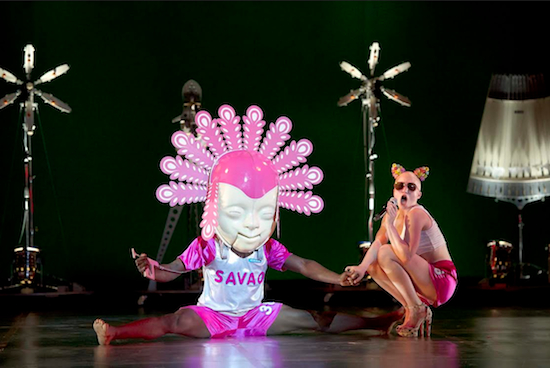‘Robot’ at BAM fuses robotic movement and dance

We may rely on robots to assemble many of the manufactured goods we use on a daily basis, but for most of us, they’re not something we see or even think about on an everyday basis. Bianca Li’s “Robot,” which was performed several times last week at the Brooklyn Academy of Music (BAM), superimposed robotic movement onto the most human of dynamics: dance.
To be fair, the eight dancers Li employed in her show had every right to be called athletes as well, as the show’s frenetic choreography challenged them to use their bodies with an intensity that would send many of us to the hospital after an hour and a half. “Robot” seemed to focus on the human body from the very beginning of the show, when images of organic and electronic patterns were projected onto a motionless dancer to portray a process that looked like a mash-up between growth and construction.
